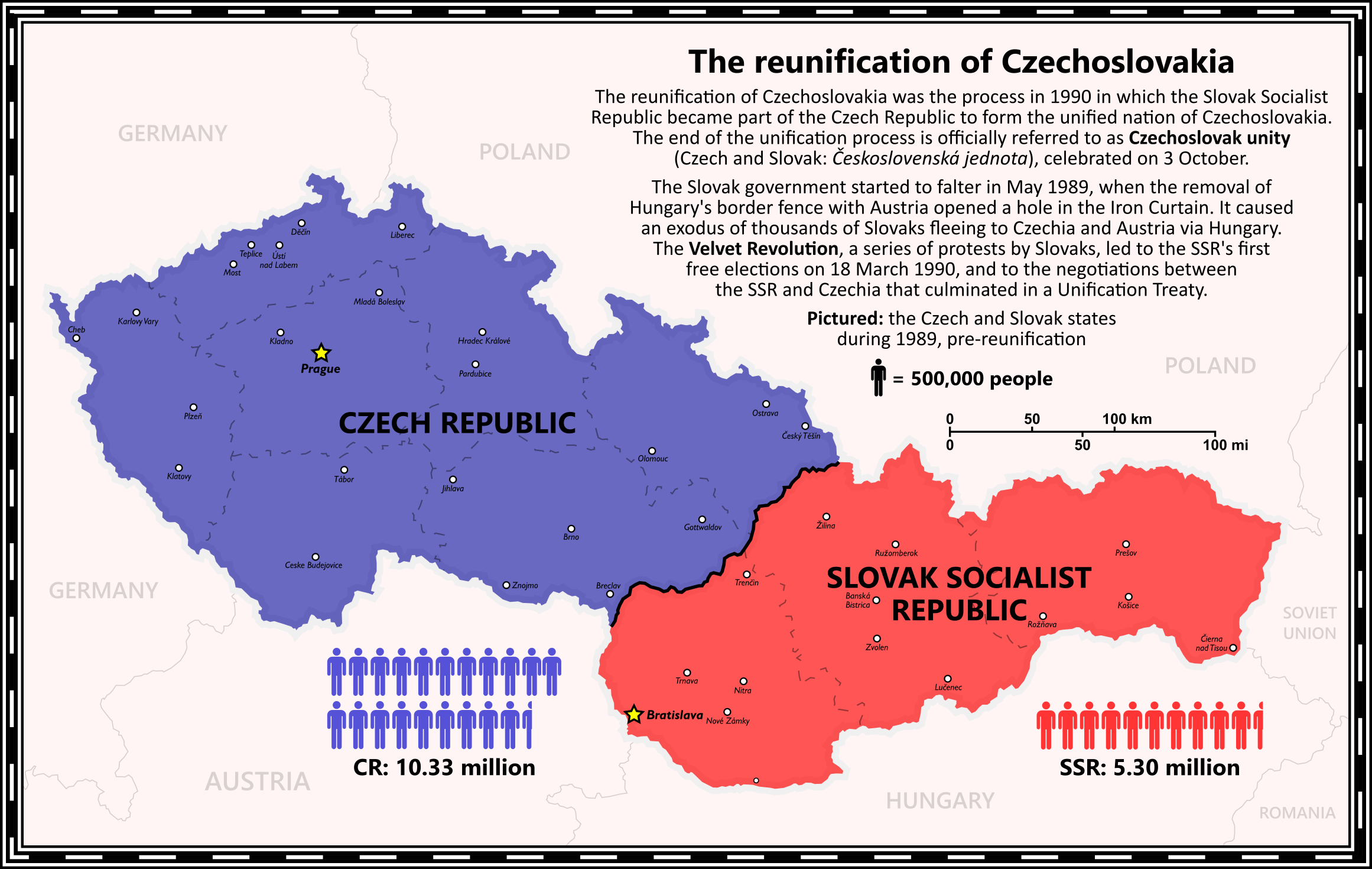7667766266
enquiry@shankarias.in
Why in news?
30th Anniversary of Velvet revolution was celebrated in Czechoslovakia.
What is the brief history of Czechoslovakia?
What is Velvet Revolution?

How Gandhian ideals influenced Velvet Revolution?
What were the outcomes?
Source: Indian Express